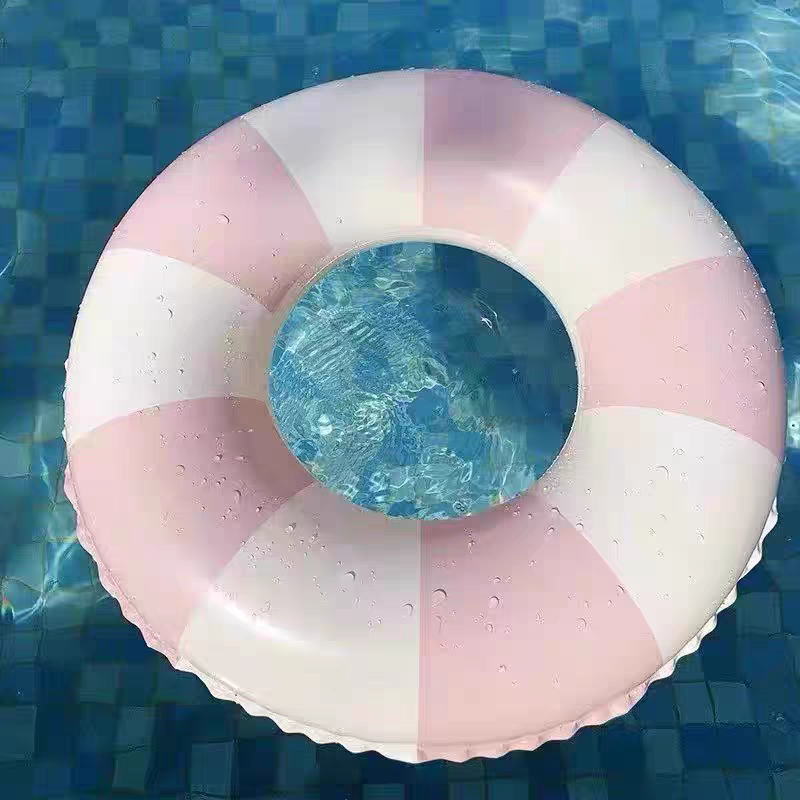The global demand for pool floats—swim rings, water noodles, loungers, and more—has fueled a thriving manufacturing industry. From backyard pools to beach resorts, these inflatable accessories are ubiquitous, but their origins are far from scattered. Over time, specific countries have emerged as dominant hubs, driven by factors like industrial infrastructure, cost efficiency, skilled labor, and proximity to key markets. Let’s explore where swimming ring factories are concentrated and why these regions have become the go-to for global buyers.
—
1. China: The Undisputed Global Leader
China stands head and shoulders above other nations in swimming ring production, accounting for the vast majority of global output. This dominance stems from a unique combination of strengths:
– Complete Industrial Ecosystem: China boasts a full-spectrum supply chain, from raw material production (e.g., PVC, TPU) to precision machinery, printing, and assembly. Factories in regions like Guangdong, Zhejiang, and Jiangsu benefit from nearby suppliers of fabrics, dyes, and packaging materials, reducing lead times and costs.
– Technological Expertise: Chinese manufacturers invest heavily in automation, from robotic cutting and welding to digital printing. Advanced production lines ensure consistent quality, even for complex designs (e.g., multi-chambered rings or custom-shaped loungers). Many factories also hold international certifications (CE, ASTM, EN71), making their products compliant with strict safety standards in Europe, the U.S., and beyond.
– Scalability and Flexibility: Whether producing 10,000 units for a retail giant or 500 custom-branded rings for a niche brand, Chinese factories excel at scaling production. They offer low minimum order quantities (MOQs) for small businesses while efficiently handling bulk orders, a critical advantage in a competitive market.
– Cost Efficiency: While labor costs in China have risen over the years, the country maintains a competitive edge through efficient logistics, economies of scale, and a well-trained workforce. This balance of affordability and quality has solidified China’s position as the “world’s factory” for pool floats.
—
2. Southeast Asia: The Rising Contender
In recent years, countries like Vietnam, Thailand, and Indonesia have emerged as attractive alternatives to China, driven by lower labor costs and favorable trade policies.
– Vietnam: With a young, growing workforce and government incentives for export-oriented industries, Vietnam has become a hub for light manufacturing—including pool floats. Factories here often focus on mid-range products, leveraging lower wages to offer competitive prices while maintaining basic quality standards. Proximity to China also allows Vietnamese manufacturers to source raw materials and machinery easily.
– Thailand: Known for its robust tourism industry, Thailand has a natural edge in producing durable, UV-resistant floats for beach and pool use. Local factories often cater to both domestic tourism demand and international buyers, with a focus on vibrant, consumer-friendly designs.
– Indonesia: As Southeast Asia’s largest economy, Indonesia combines low labor costs with abundant raw materials (e.g., natural rubber). While still developing its technical expertise, the country is investing in modern production facilities to tap into the global pool float market.
For buyers seeking a balance of cost and proximity to Asian markets, Southeast Asia offers a compelling alternative to China—though it currently lags behind in technological sophistication and scale.
—
3. Eastern Europe: Niche Players with Proximity to Europe
Countries like Poland, Hungary, and the Czech Republic have carved out a niche as producers of high-quality, certified swimming rings, primarily for European markets.
– Industrial Heritage: These nations inherit a legacy of robust manufacturing infrastructure, particularly in plastics and machinery. Factories here often specialize in premium products—from phthalate-free PVC rings to eco-friendly TPU loungers—catering to EU buyers prioritizing safety and sustainability.
– EU Compliance: Being part of the European Union (or having easy access to it) simplifies certification processes. Eastern European factories often hold CE marks and adhere to strict REACH regulations, making their products easier to market across the EU.
– Logistics Advantage: Proximity to Western European markets reduces shipping times and costs, a key selling point for retailers in countries like Germany, France, and the UK.
While production volumes are smaller than in China, Eastern Europe’s focus on quality and compliance makes it a critical player in the premium segment.
—
4. North America: Local Production for Regional Markets
In the U.S. and Mexico, a handful of factories produce swimming rings, primarily to serve local and regional markets.
– Mexico: Just south of the U.S. border, Mexican factories leverage NAFTA (now USMCA) trade agreements to supply American retailers with cost-effective, certified floats. Proximity to the U.S. market minimizes shipping delays, a key advantage for seasonal products (e.g., pool floats for summer).
– U.S.: Domestic production is limited but focuses on niche markets, such as eco-friendly or custom-designed floats. Some American factories use recycled materials or innovative designs to differentiate themselves, though higher labor costs limit their competitiveness in mass-market segments.
—
Why These Regions Matter for Buyers
Understanding where swimming ring factories are concentrated helps buyers make informed decisions:
– Cost vs. Quality: China offers unmatched scale and affordability, while Southeast Asia provides a budget-friendly alternative with growing capabilities. Eastern Europe and Mexico cater to buyers prioritizing proximity or premium compliance.
– Market Access: Factories in Vietnam or Thailand may simplify shipping to ASEAN markets, while those in Poland or Mexico streamline access to Europe or North America.
– Customization Needs: For brands seeking unique designs or branding, China’s advanced manufacturing ecosystem offers the most flexibility, though Eastern Europe excels in premium customization.
—
Conclusion
Today, China remains the epicenter of global swimming ring production, thanks to its unparalleled industrial ecosystem, technological expertise, and cost efficiency. However, emerging hubs in Southeast Asia, Eastern Europe, and North America are reshaping the landscape, offering buyers diverse options based on their priorities—whether cost, proximity, or premium quality.
Article link:https://www.vlefooena.com/manufacturer/4492/




No reply content